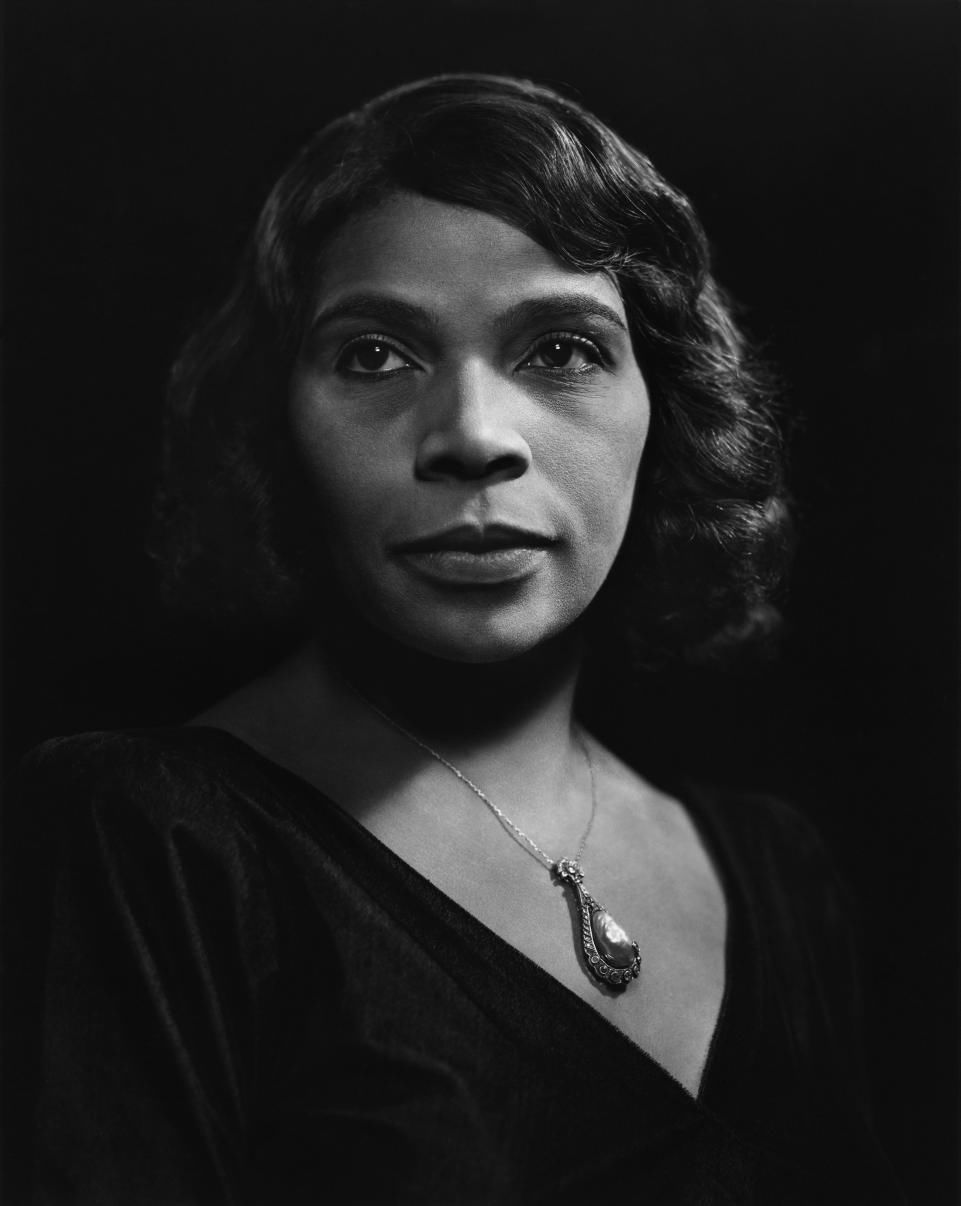
Although Treasury Secretary Jacob J. Lew made the announcement regarding the design updates to the $5, $10 and $20 bills earlier this year — he was in town on Friday discussing historic changes in currency as he toured the Marian Anderson Residence Museum and met with graduate students from the University of Pennsylvania’s Wharton School.
Anderson, along with Eleanor Roosevelt and Martin Luther King Jr., will be on the reverse side of the new $5 bill. The front of the bill will retain President Abraham Lincoln’s portrait.
Additionally, on the reverse side of the $10 bill, heroes from the women’s suffrage movement will be added. Those women include Sojourner Truth, Susan B. Anthony, Alice Paul, Elizabeth Cady Stanton and Lucretia Mott. The front of the bill will still contain Alexander Hamilton.
Lastly, the front of the $20 bill will include the portrait of Harriet Tubman, while the back will contain the White House and an image of President Andrew Jackson.
“We’re actively working on the $5, the $10 and the $20,” Lew said. “The bills will come out in an order that is determined by security requirements. Which bill needs to be replaced to make sure our currency is safe. We’re doing everything we can in our remaining time to make sure that we’ve got everything in place for that schedule to be accelerated, not deaccelerated.”
The Treasury Department projects that the new currency will be unveiled in 2020, in conjunction with the 100th anniversary of 19th Amendment, which gave women the right to vote. Due to security needs, the $10 bill is slated to be redesigned next.
Ultimately, the Secretary of Treasury makes the final decision on currency design. Because the administration of President Barack Obama is coming to an end, final action on the redesign will have to be approved and made by the following administration.
“I think the enthusiasm about the announcement and what we’ve made has left an important mark,” Lew said. “I think the decisions like the decision of Harriet Tubman on the $20; people have already started calling them ‘Tubmans’ and they’re not even printed yet.”
On Friday morning, Lew walked into the acclaimed singer’s former tiny South Philadelphia row house located at 762 Martin St., and was greeted by museum official Jillian Pirtle.
He received a tour that began on the level floor where gowns of the former singer were displayed, then climbed upstairs to the second floor, and then down to the basement. Back on the ground level, Lew was treated to a performance of two songs — one sung by Pirtle.
“I had a great visit at the Marian Anderson Museum,” Lew told reporters. “It really preserves the history and the legacy of Marian Anderson in a very moving way, here in the house that she lived in and in the city that she lived and that she loved.”
Anderson bought the house in the 1920s and she died in 1993. The home is maintained by the Marian Anderson Historical Society, an organization founded by Blance Burton-Lyles.
“Marian Anderson is in a very special place,” Lew said of the museum. “A major event both in her career and in the length of our country was when she sang on the steps of the Lincoln Memorial at the invitation of First Lady (Eleanor) Roosevelt at a time when Washington’s concert halls were still segregated.”
Pirtle called having Anderson on America’s $5 bill fitting.
“I think it is the sweet culmination of everything she endeared in her life,” she. “Marian’s life was never really easy. She endured so much racial discrimination, so much oppression and anti feminism of women succeeding in life. But she overcame.”
She’s thankful for Lew’s visit.
“For him to have such a profound appreciation for Marian and her life and her legacy … to come and tour her beautiful museum and home has meant the world to me as an artist and as an ambassador’s of Marian’s name and her great will through this museum.”